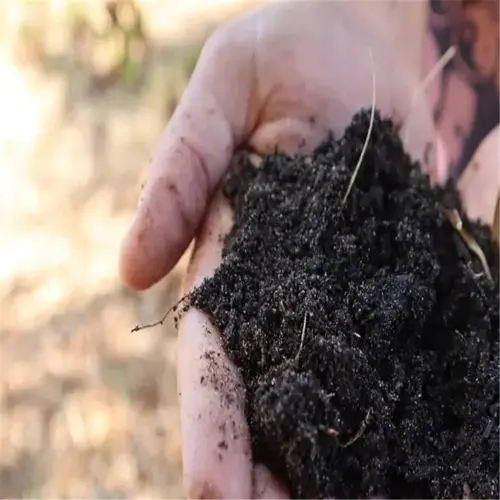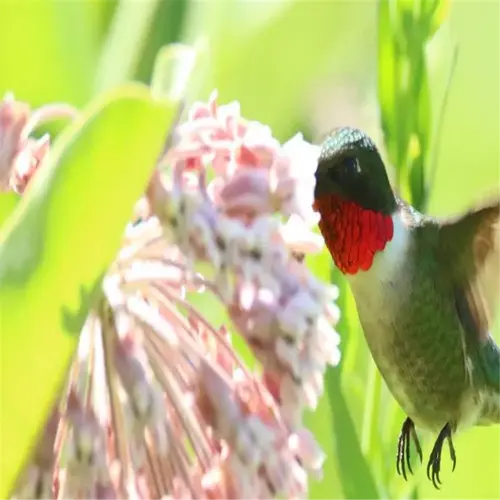Do natural sprays harm plants?

Written by
Paul Reynolds
Reviewed by
Prof. Samuel Fitzgerald, Ph.D.Natural sprays are powerful tools that should be used carefully to protect plants and control aphids. I learned the hard way about dilution when I burned the leaves of my basil plant using too-strong soap mixtures. Ratios matter. I have found success with 1 tablespoon of Castile soap a quart of water for most plants. It is also good practice to first apply sprays to only a couple of leaves and observe the reaction after 24 hours.
Dilution Guidelines
- Neem oil: 2 tsp per gallon + 1 tsp soap
- Essential oils: ≤10 drops per quart
- Chili sprays: 5 peppers per pint water
- Vinegar solutions: 1 part to 3 parts water
Application Timing
- Spray at dawn or dusk to avoid sunscald
- Skip treatments if rain is forecast within 6 hours
- Pause during extreme heat (>90°F/32°C)
- Reapply every 5-7 days for active infestations
Observe your plants for curled edges or yellow spots which are signs of stress from your sprays. For example, my rosemary plant showed delayed response to the neem treatments, experiencing sensitivity after about 3 days. If you observe the curled or yellowing status of your plants, rinse them immediately with cool water. For your plant spray recipes, remember to adjust them based on the season, as winter squashes are more tolerant of stronger mixes than summer basil.
Recovery Steps
- Flush leaves with water for 10 minutes
- Prune severely damaged foliage
- Apply kelp extract to boost recovery
- Wait 14 days before reapplying sprays
Read the full article: Natural Aphid Control: 12 Safe Solutions for Plants

